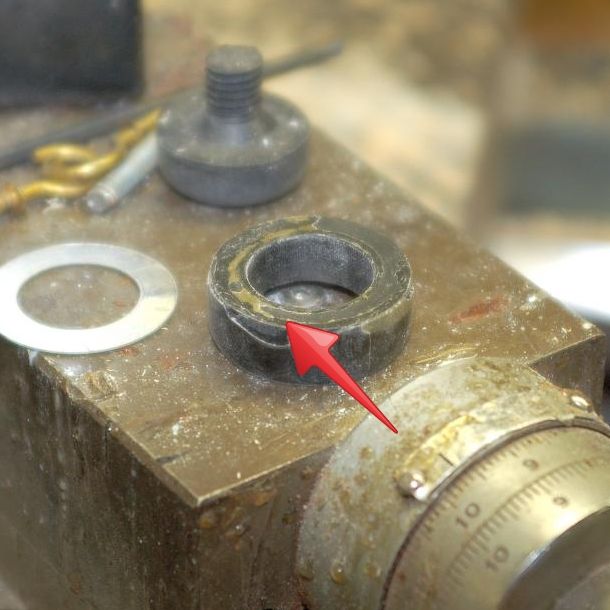Back in the early 80's when West system was being pushed in the NZ market place, one of their sales pitches was you only needed one resin to do everything. They had glue fillers,fairing fillers,light weight fillers, and it was a laminating system. Came with 3 hardener types, slow for hot weather or where more layup time was needed,medium for normal weather conditions, and quick for cooler room temperatures.There was a chart with what was needed for the application,ie just the resin as in laminating or what mix of fillers to use for the different stages in a fairing fillet.
The info is still there, just have to search for it.
Now they have a whole bunch of stuff, I like using the proset infusion resin for structural work with composites.
The info is still there, just have to search for it.
Now they have a whole bunch of stuff, I like using the proset infusion resin for structural work with composites.


